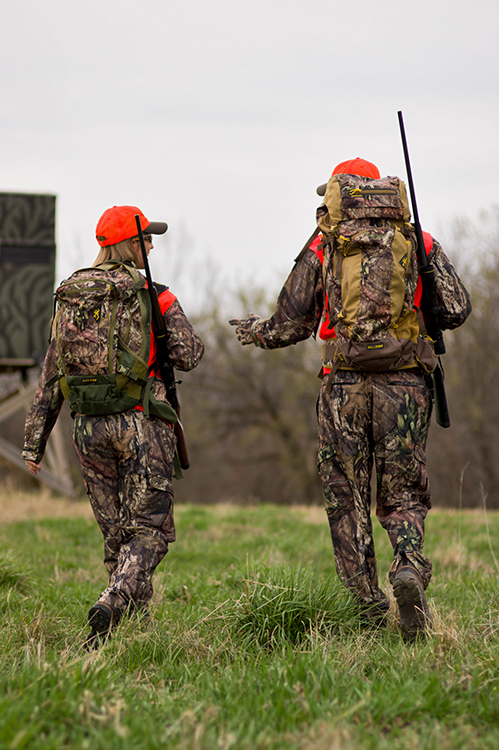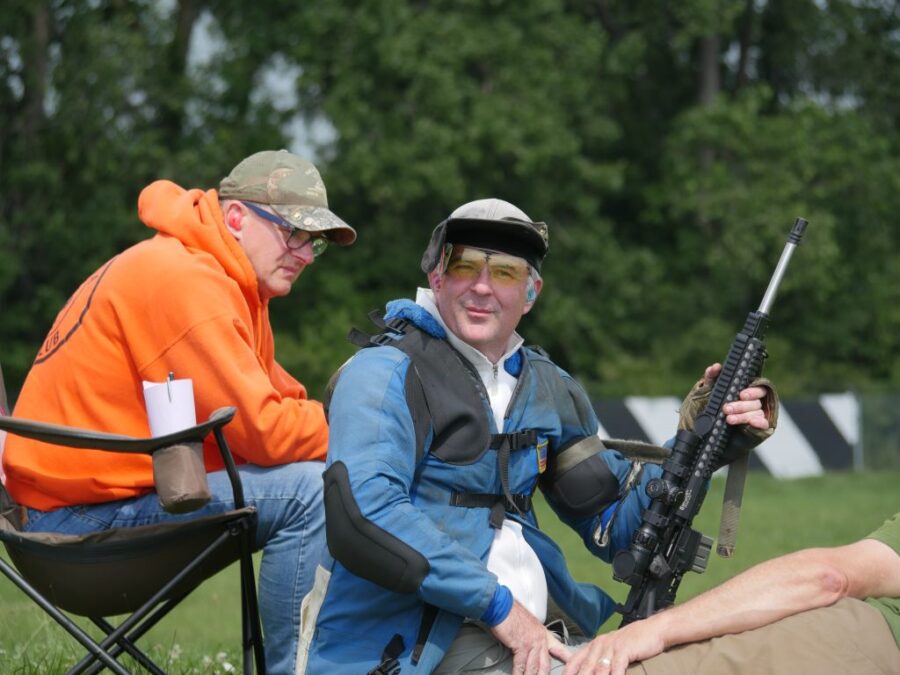The Joys Of Mentoring A Hunter
Gwen and I have almost nothing in common, besides sharing a hometown and a love of
words. She’s maybe 20 years younger than I am, tattooed, and has spent most of her life indoors.
But through a number of happy coincidences, we got acquainted, and some months later, in a conversation that was harder than it should have been, she asked awkwardly if she could come along on a hunt. I agreed, also awkwardly, because this is a question grown people don’t often ask one another. But I suggested she do the hunting, and I’d come along as teacher and guide.
Gwen wanted to start slow, with plenty of time talking about her goals, which included being safe with a firearm, learning as much as she could about mule deer, which we identified as our first quarry and being confident enough to make a sure killing shot. We practiced dryfiring a rifle, then target-practicing at a range, and later finding gear in my collection that both fit and suited her.
On a glorious October afternoon, Gwen stalked inside 100 yards of a mule deer buck, made a perfect shot, and served a rump roast from that buck to her family at Thanksgiving. This was two years ago. Last year Gwen added waterfowl hunting to her skill set, and this year she wants to learn upland hunting.
The Mentor & Apprentice
A friendship has grown out of these experiences, along with a commitment to share gear, knowledge and enthusiasm. I can’t say which of us has benefitted most from the arrangement. Gwen has earned some of the knowledge I’ve accumulated over a lifetime as a hunter, but I’ve gained the fresh perspective and brimming enthusiasm of a beginning hunter. Gwen has gained a freezer full of wonderful wild meat. I’ve gained a hunting buddy.
This is the very essence of mentoring, or actively passing along the traditions, gear and accumulated knowledge most veteran hunters often forget we possess. Gwen is what you might call an apprentice, a beginning hunter who has been intimidated by the high bar to participate in an activity requiring specialized gear, knowledge and access.
You may have heard these terms, mentor and apprentice, in the national conversation over how to reverse the trend of declining hunting participation. Efforts to address declining hunter numbers are organized under the term R3 — for Recruitment of new hunters, Retention of existing hunters and Reactivation of lapsed hunters.
Most veteran hunters learned their skills and passion at a young age from a family member. But as our nation grows more urban and less connected to rural traditions, fewer young Americans hunt, and the infrastructure of wildlife management, in which hunters’ license dollars and gear purchases fund state fish-and-game agencies, is reliant on robust participation.
Fewer hunters means fewer advocates for healthy wildlife and wildlife habitat. This is why R3, and particularly hunter recruitment — or the process in which veteran hunters mentor apprentice hunters — is so important to the future of hunting.
Hunters, Built One At A Time
Most state agencies and many conservation groups have recruitment programs, and a quick internet search will turn up plenty of opportunities to either apprentice or mentor near you. But until you make a connection with another hunter — either a rank beginner or a seasoned veteran — these efforts can seem a little empty. In the rush to create R3 programs, many organizations forget is recruitment isn’t a slogan, or a goal, or a numeric objective.
Recruitment is a relationship, one that’s hard to begin and difficult to maintain, but that is as durable as boot leather once it’s committed to by both parties. Administrators of R3 programs also forget the real payoff of these relationships isn’t a hunting license, or a deer in the freezer, but rather a bond between people who share impactful experiences and allow themselves to be emotionally available and a little bit vulnerable. That relationship is hard to scale up, since it’s based on individual connection.
Last fall, while sitting behind my rifle on a berm, waiting for whitetails to feed out in a field, Gwen turned to me and said, “I can’t believe you’re willing to invest all this time with me.” I turned toward her and was just about to say, “I feel the same way about you.”
But I kept my words, and watched as a handsome buck appeared. Gwen got on the gun as I ranged the deer. I could tell by her shaking Gwen’s anxiety was rising, but as I watched she deployed all the lessons she had so capably absorbed. Within an hour, a little bloody from the field dressing and impressed with Gwen’s patience, poise and marksmanship, I was describing my favorite cuts of venison and how to cook them.
On our drive back to town, Gwen offered that she might be ready to make herself available to an apprentice next season. It occurred to me that is how you build hunters, one at a time, each eager to pay the experience forward.
Editor’s Note: This article was provided by the Outdoor Industry Communication Council, managed by Outdoor Stewards of Conservation Foundation and Wildlife Management Institute.




